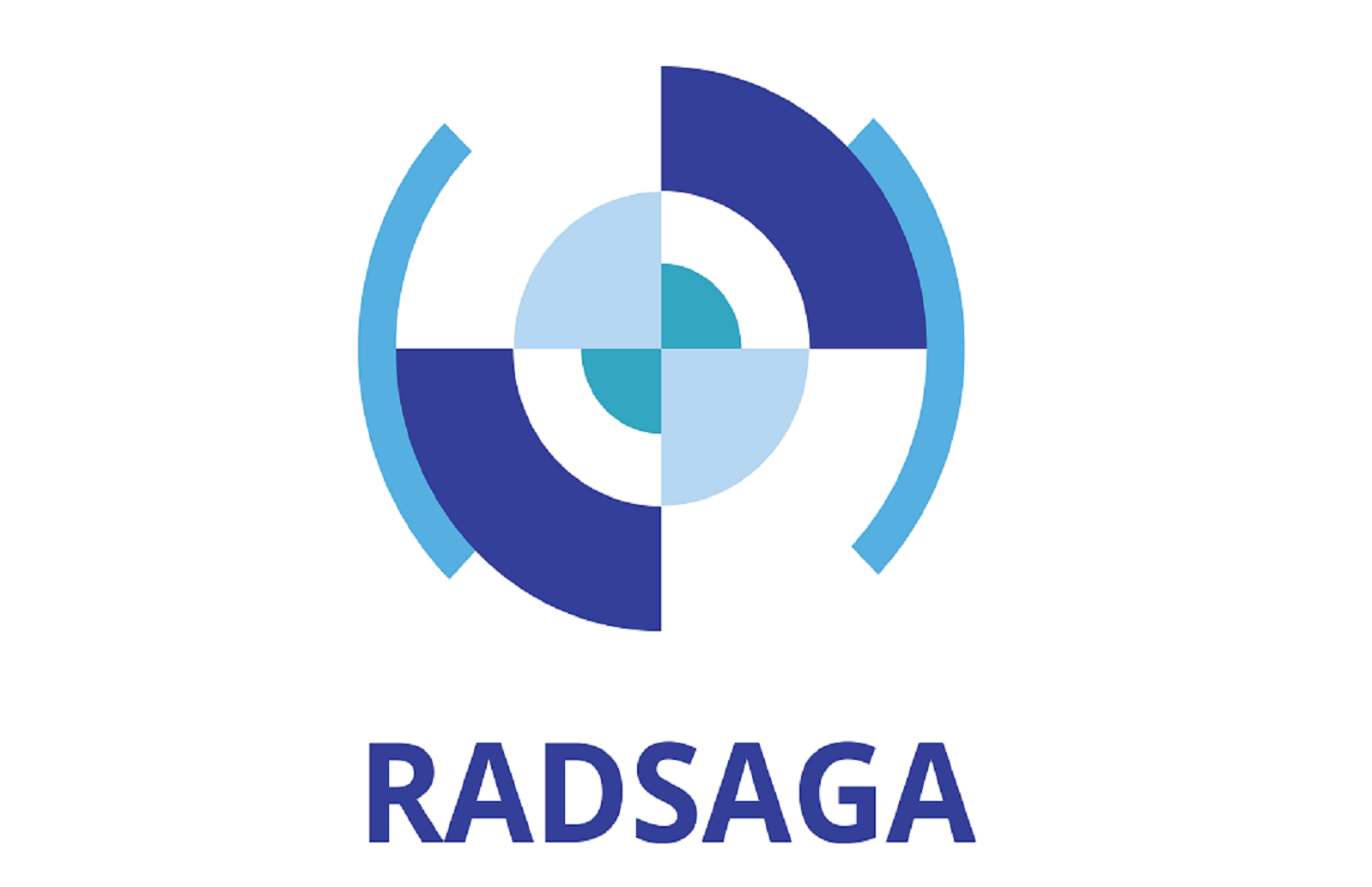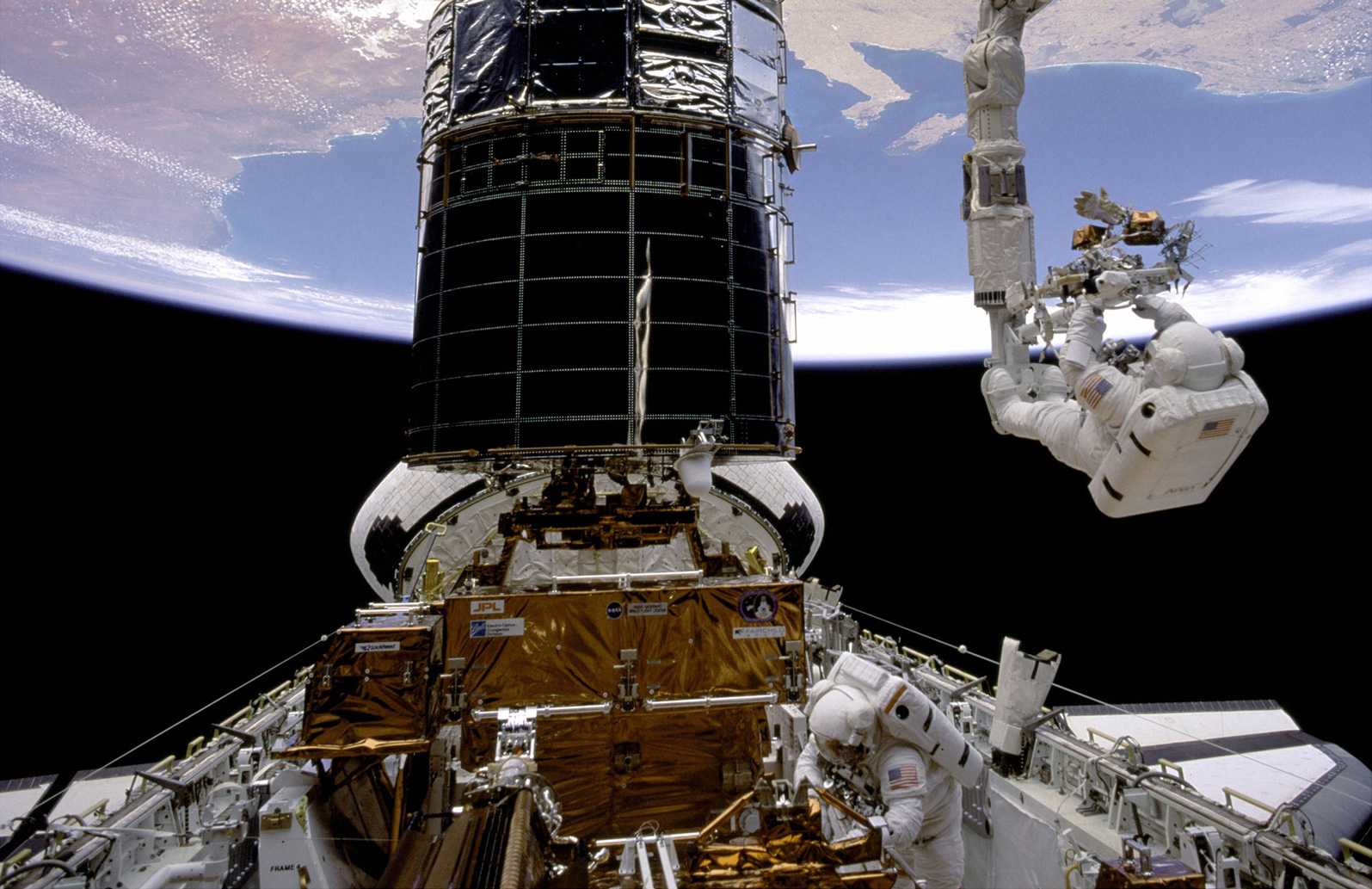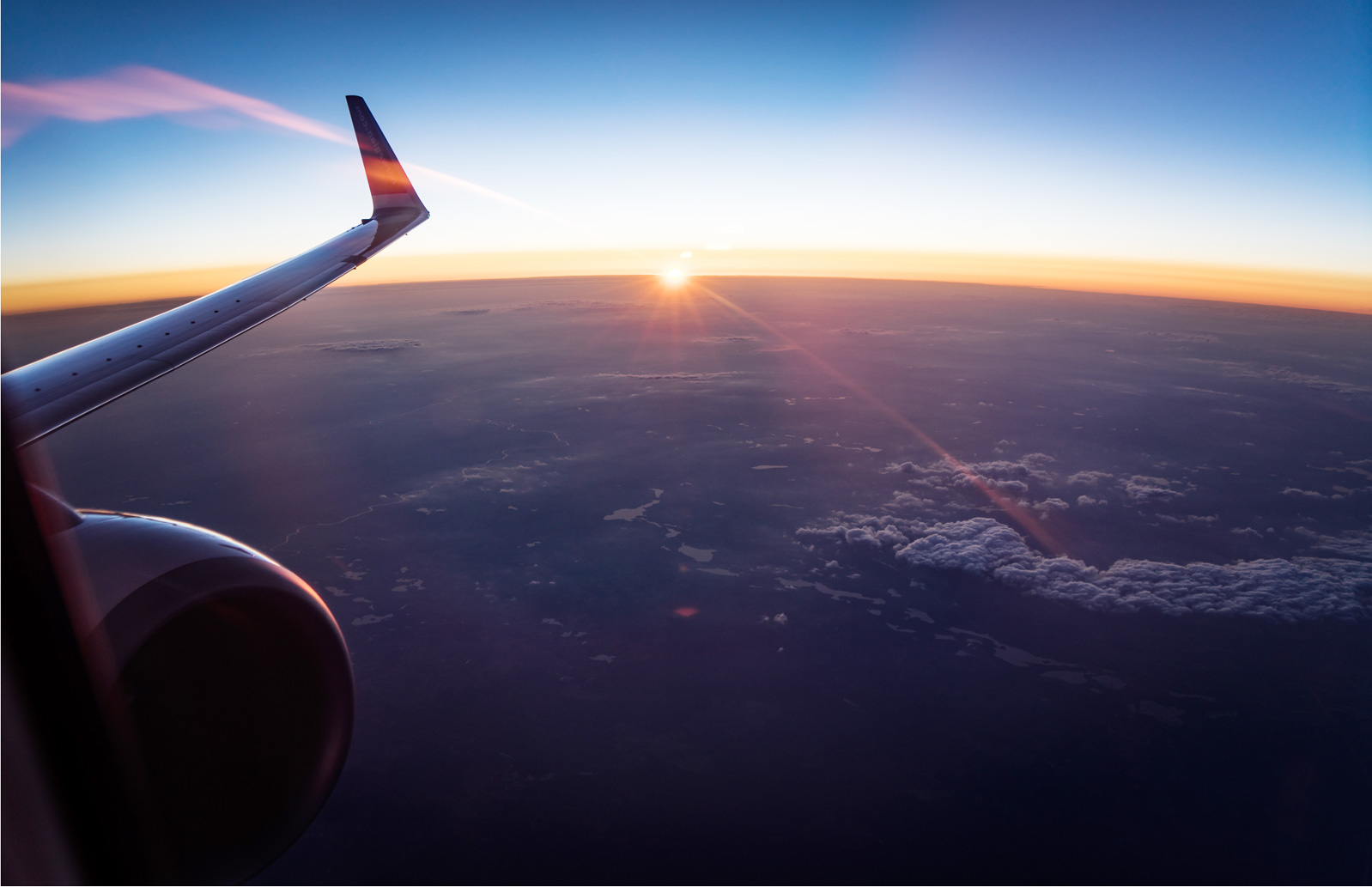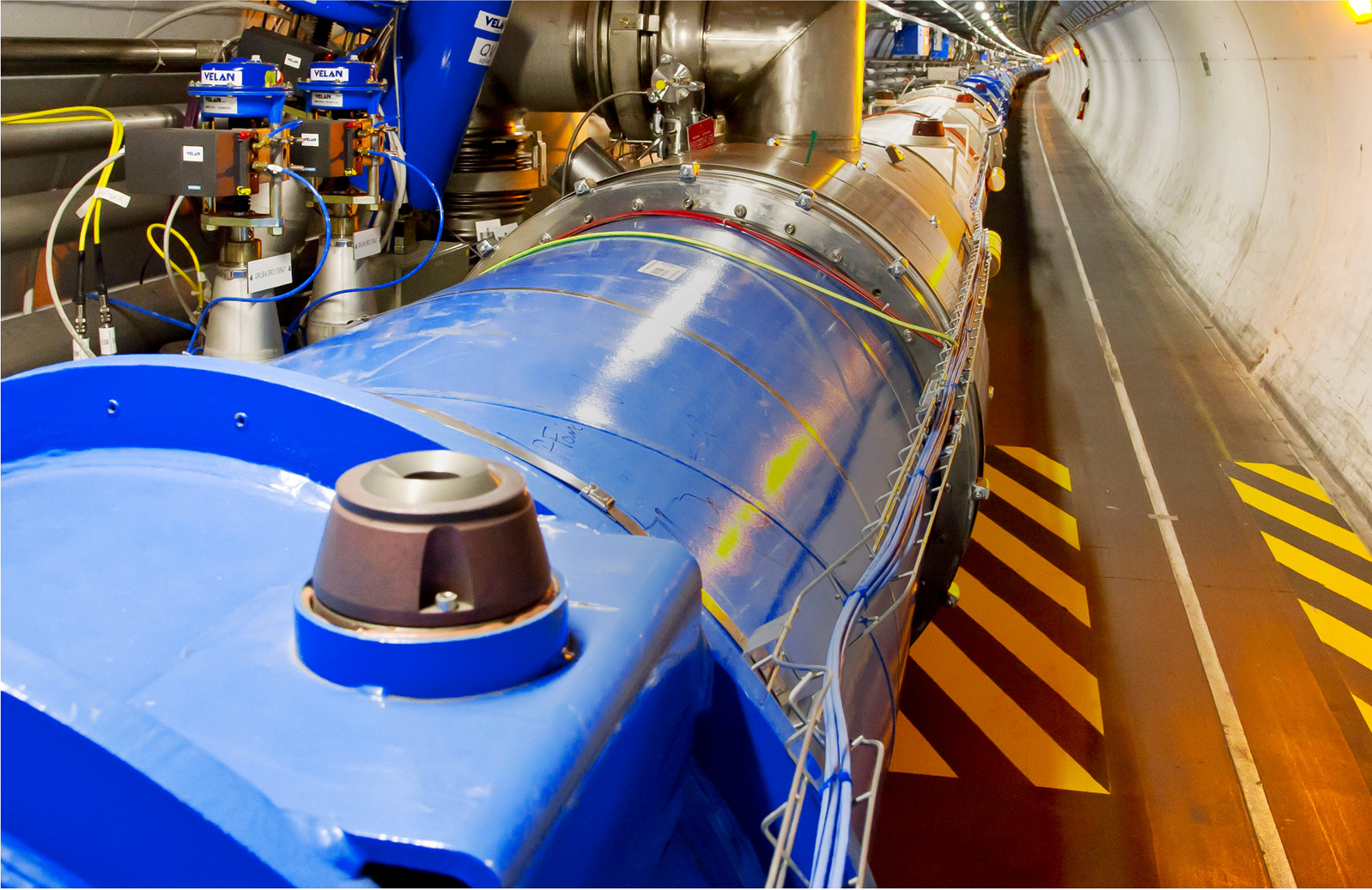
Universcience has been a major outreach event held from April 23th to April 29th at La Cité de la Science et de l'Industrie à Paris, in collaboration with Palais de la Découverte, Paris. The outreach event was mainly arranged by CNES (French Space Agency) which created two expositions: one on the Microscope satellite and one for the wide thematics of radiation effects on electronics. This second exposition was mainly held on April 26th-27th with the direct participation of engineers and scientists from multiple institutions. CERN and RADSAGA were represented by ESR15 Andrea Coronetti, CNES was represented by Julien Mekki, ONERA (French Space Laboratory) by Marine Ruffenach and IAS (Astrophysics Institute, Paris) by Gabriel Pelouze and Natalia Zambrana Prado, with Julien Babel as main organizer from the La Cité de la Science side.
All institutions brought material that was exposed on site during the event. From CERN and RADSAGA side, the mock-up of the RADMON (radiation monitor used in the LHC) and CELESTA (a smaller version of radmon which will be embarked on a small CERN satellite) were exposed along with the RADSAGA poster. A small collection of videos about the LHC was also shown to the public. From CNES side, a huge collection of electronics which has been installed on satellites over the last 50 years has been brought to the exposition, with the focus on explaining how much the technology has advanced in such a short time range. CNES also brought videos about space weather and about effects of radiation on Mars atmosphere. ONERA contributed by bringing the Minipix, whose real time acquisition of particle tracks was shown to the public. IAS contribution mainly featured a Virtual Reality experience with people getting to play with black holes and laser rays deviated by the gravitational pull. IAS also brought panels explaining how radiation emerges from the very deep of the Sun nucleus and get to the Earth and down through the atmosphere and to the ground. A small smoke chamber was also installed to show people tracks of galactic cosmic rays as they travelled through the gas.
The main thematic path was to guide people through the exposition, starting from the origin of radiation, the Sun and stars. As a second step, the concept of radiation was further explained by showing people tracks of charged particles (protons, electrons, muons, ions) on the Minipix or on the smoke chamber. Then, discussion moved to the electronics components from CNES and systems from CERN in exposition with an introduction on the impact of the previously introduced particles on electronics. This ranged from the explanation of radiation effects on chips to the large scale consequences on systems and applications people is used to in their everyday's lives. Finally, some videos from CNES and CERN were shown to explain how research in this field is conducted.
Around 800 people visited the exposition on the two days, mainly youngsters and families. A good focus was also devoted to explain them the large international collaborations and efforts which are put in place all over Europe for mitigating radiation issues on electronics and to explain the current situation and research opportunities in this field in Europe, which, given the young age of many participants, might have contributed pushing them into choosing this kind of research in their next future.
ESR15 Andrea Coronetti





